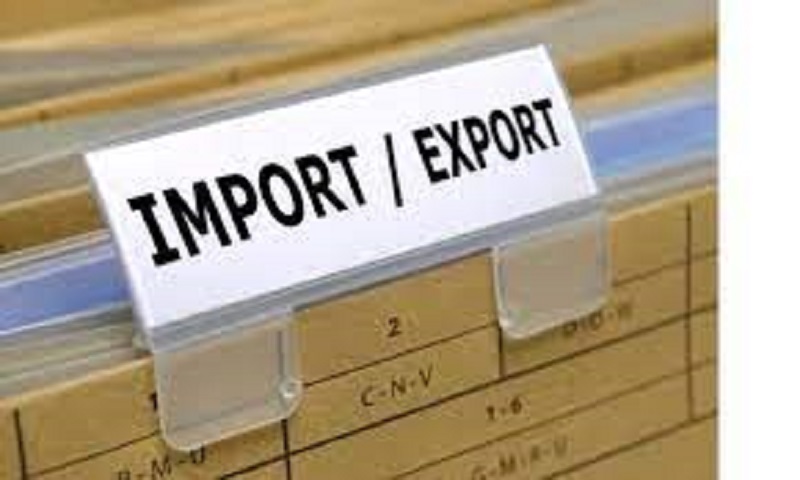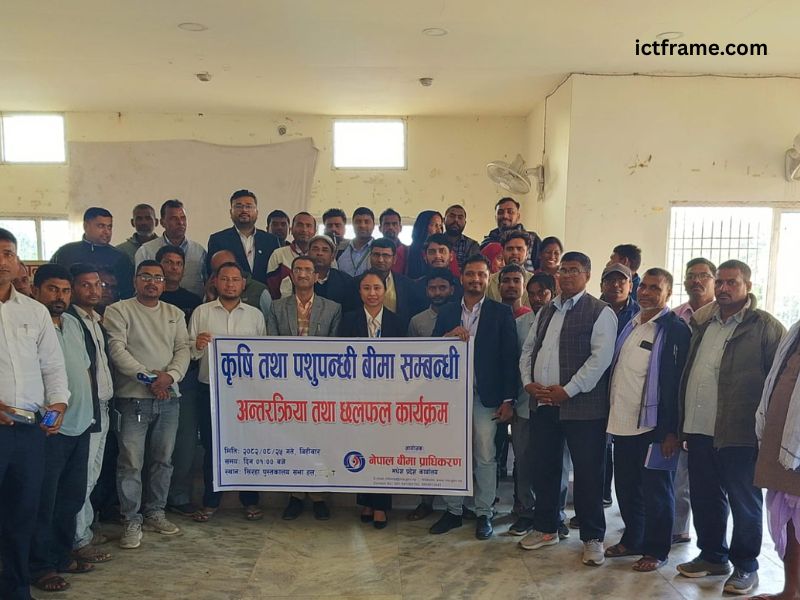Nepal’s EXIM Code Registration and Renewal Process Simplified for Traders
26th October 2023, Kathmandu
In a significant move to streamline international trade (Nepal’s EXIM Code Registration), Nepal’s Department of Customs has introduced a more accessible and efficient process for EXIM Code registration and renewal. Traders, both importers and exporters, will benefit from these updates. Here’s a breakdown of the key changes:
Nepal’s EXIM Code Registration
1. What is the EXIM Code? Why is it required?
The EXIM Code, issued by the Department of Customs, is a 13-digit identification number crucial for the export and import of goods to and from Nepal. It aims to regulate international trade, ensure customs compliance, and collect trade-related data.
2. Governing Laws:
The registration of the EXIM Code in Nepal is governed by key legislations, including the Customs Act (2064), Customs Rules (2065), and the EXIM Code Procedure (2079).
3. Special EXIM Code:
A special EXIM Code is available for specific situations, including government agencies, public corporations, and more. This simplifies the process for organizations engaged in non-commercial imports and exports.
4. Who Needs the EXIM Code?
Companies, firms, and industries planning to import or export goods to and from Nepal must obtain the EXIM Code. There are exceptions for personal-use goods and lower-value transactions.
5. Registration Requirements:
The minimum paid-up capital required for an EXIM Code is NPR 10,00,000, although variations may apply depending on the type and location of the trading entity. Companies focused solely on exporting goods have no minimum capital requirements.
6. Registration Process:
The process involves submitting an online application with the required documents to the Department of Customs through their official website. Verification is carried out, and the EXIM Code is issued within seven days of successful application.
7. Required Qualifications for Registration:
Several qualifications must be met, including registration under relevant departments, a minimum paid-up capital, PAN certificate, VAT registration, and no tax arrears.
8. Documents for EXIM Registration:
The necessary documents include certificates, PAN certificates, tax clearance certificates, bank guarantees, and a recommendation letter from a bank if an applicant has a bank account.
9. Registration Timeline:
The Department of Customs will provide the EXIM Code within seven days if all requirements are met.
10. EXIM Code Renewal:
EXIM Codes must be renewed annually through electronic means. Renewal for up to five fiscal years is possible with a lump sum fee and the required bank guarantee.
11. Suspension and Revocation:
EXIM Codes can be suspended for non-payment of dues to the government, but suspension can be released if outstanding payments are made within six months. The code may be revoked under certain circumstances, such as smuggling or repeated misdeclaration of goods.
These changes are aimed at simplifying the process of EXIM Code registration and renewal, making it more accessible for traders, and fostering international trade in Nepal.








